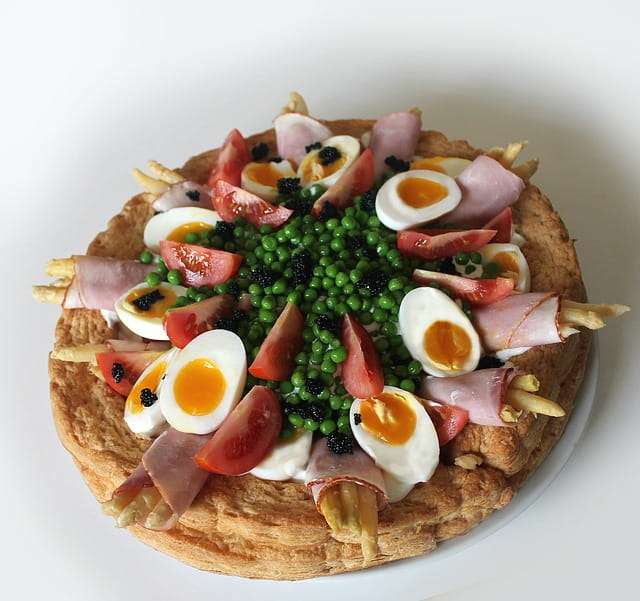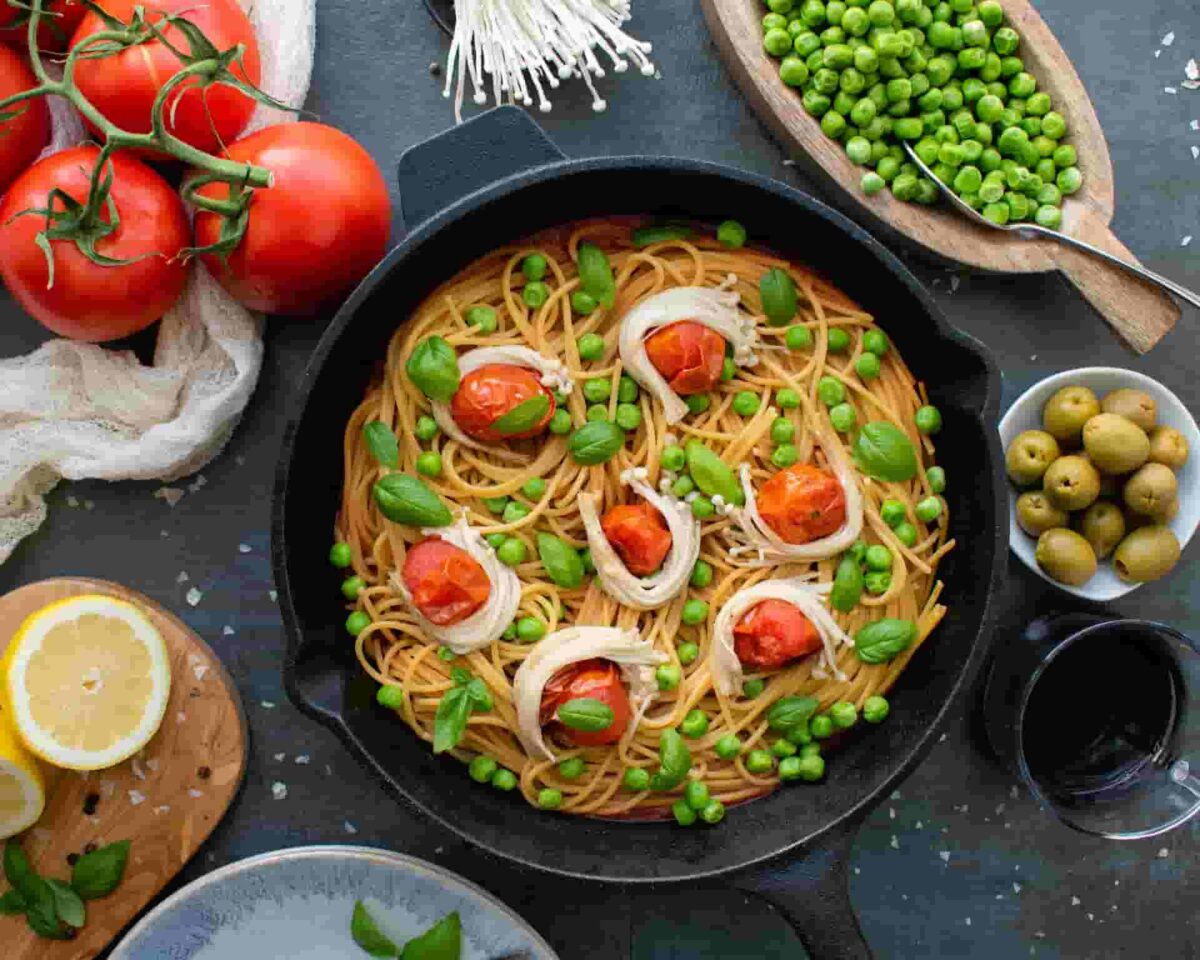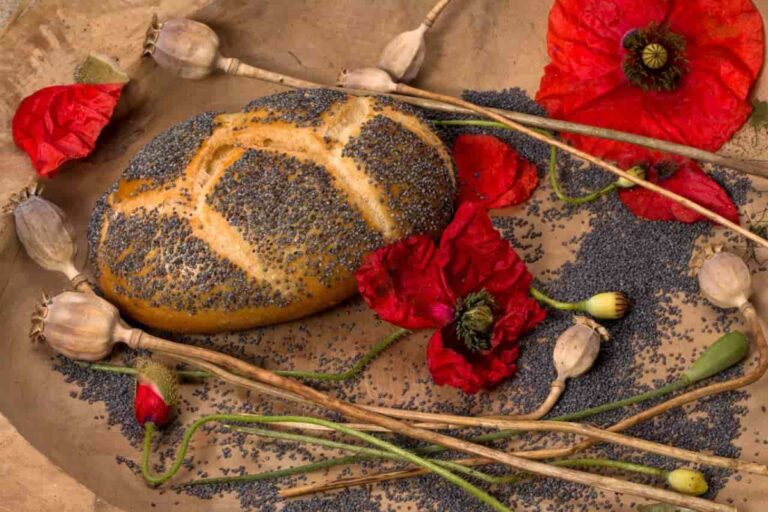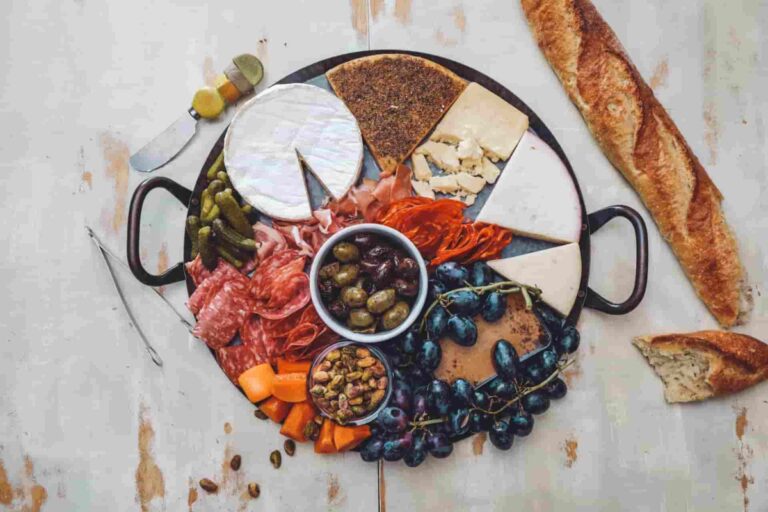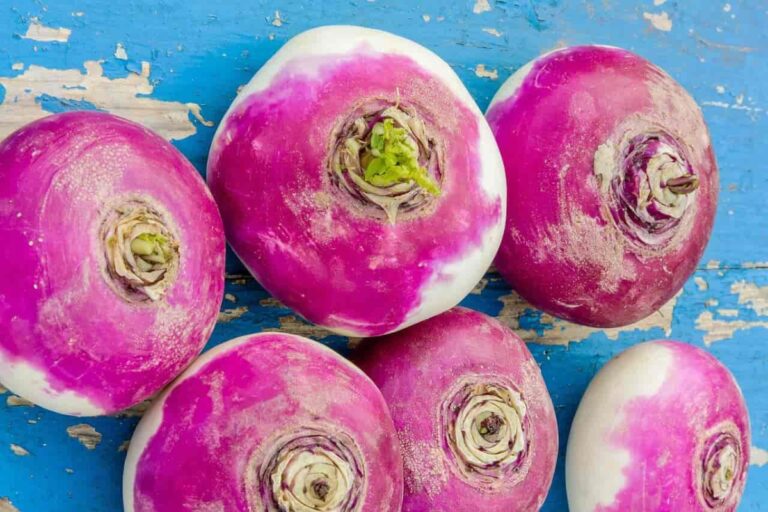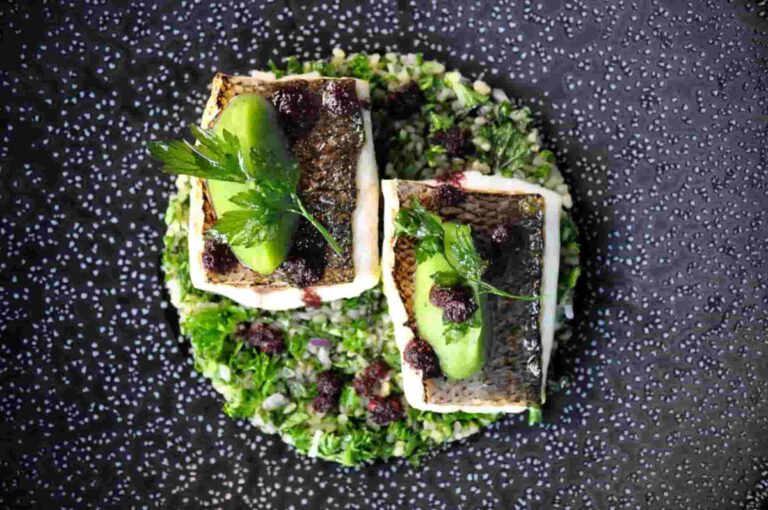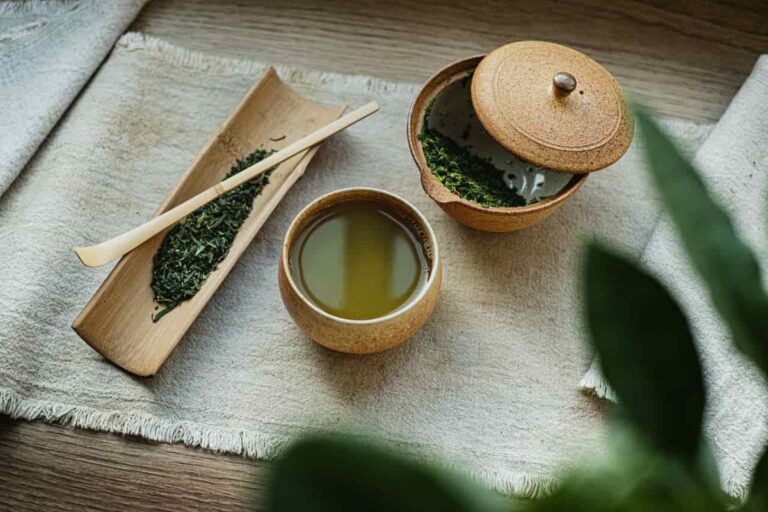Peas 101- kitchen insights and benefits
Did you know to you that the fragrance of sweet peas is used in the manufacturing of perfume?
- Pea flowers may be white or pink in colour, and they are used in the manufacturing of soaps and cosmetics. Pea blossoms are a key ingredient. In addition to having other names, the sweet pea is often referred to as the “Queen of Annuals.” April’s birth flower is the sweet pea.
- The green pea that we are familiar with is only green because it is harvested before it has fully matured into its adult form. A mature pea will have a yellowish hue. Peas that were consumed while still in their green state were popular throughout the 1600s and 1700s, despite the fact that the French considered it to be insanity to do so.
- In the 1920s, Clarence Birdseye was the first person to successfully freeze peas. Raise your hand if you have ever tried a vegetarian product made by Birdseye! Additionally, peas that have been newly frozen are flash-frozen around two and a half hours after being gathered. The nutrients are preserved when the food is flash frozen.
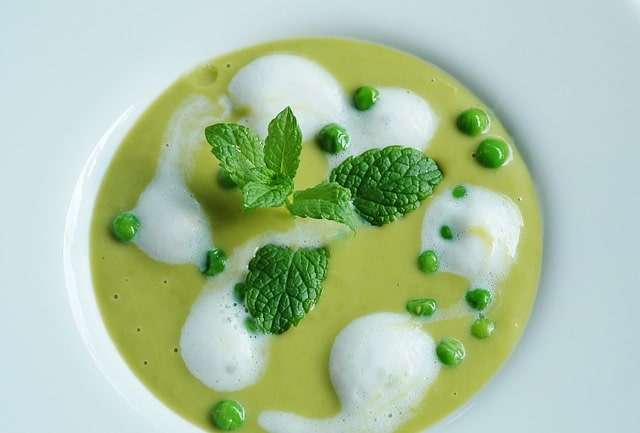
Peas nutrition values and health benefits
- It is the high protein content of peas that sets them apart from other vegetables. Half a cup (170g) of cooked peas has four times as much protein as the same quantity of cooked carrots. Many of its purported health benefits may be traced back to the high levels of polyphenol antioxidants they contain. In addition to their high fibre content, the high protein content of peas is a major contributor to their satiating quality.
- Eating protein may aid in weight loss by increasing hormone levels that suppress appetite. Protein and fibre each delay digestion and increase satiety, but combined they have a synergistic effect that greatly enhances fullness. If you eat enough protein and fibre throughout the day, you may be able to restrict your calorie intake without trying too hard since you will feel full longer.
- Green peas, because to their high protein content, are a great food choice for vegetarians and vegans who do not consume meat or dairy. Nonetheless, it is important to remember that they do not provide a full complement of protein since they lack methionine. In order to get enough of the essential amino acids in your diet, green peas should be taken alongside another form of protein. Consuming an adequate amount of protein every day is beneficial to muscle and bone health. Most importantly, it is necessary for both losing weight and keeping it off.
- Good news for diabetics: they have a low glycaemic index (GI), a measure of how quickly blood sugar rises after eating. It has been shown that diets rich in low glycemic index foods are helpful for controlling blood sugar levels.
- Also, people who have trouble controlling their blood sugar may benefit from eating green peas because of their high fibre and protein content. This is because the absorption rate of carbs is slowed by the presence of fibre, leading to a more even and steady rise in blood sugar levels rather than a sudden and dangerous surge.
- More than one study has shown that eating meals high in protein may help persons with type 2 diabetes keep their blood sugar levels steady. Studies have indicated that eating green peas may help regulate blood sugar, which in turn may reduce the risk of developing diabetes and cardiovascular disease.
- To begin, fibre nourishes the good bacteria already present in your digestive tract, which helps to keep them robust and prevents the expansion of dangerous bacteria. Some research suggests that doing so might reduce your risk of developing many common gastrointestinal problems. These include inflammatory bowel disease, irritable bowel syndrome, and colon cancer.
- However, much of the fibre in green peas is insoluble, meaning it does not dissolve in water but rather functions as a “bulking agent” in the digestive tract. This suggests that it adds bulk to your faeces, which might speed up the digestion of both food and waste.
- Many heart-healthy nutrients, including magnesium, potassium, and calcium, may be found in green peas. High blood pressure is a major risk factor for cardiovascular disease, and eating meals rich in certain nutrients may help lower blood pressure.
- They may improve one’s cardiovascular health as well. High total cholesterol and “bad” LDL cholesterol levels, which are associated with an increased risk of heart disease, are reduced by the high fibre content of green peas and other legumes.
100g of pea has 81 calories (338kj), 5g protein, 0.4g fat, and 14g carbs, including 5g fibre.
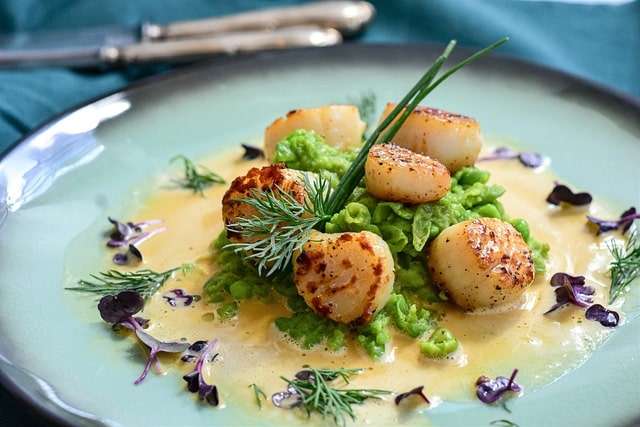
How to store peas and how to buy them
- Peas can only be stored in the refrigerator for five to seven days before they begin to turn brown and become mushy. The best place to store peas is in the freezer, where they can be kept for up to a year if they are stored correctly. Peas can be stored in the refrigerator for five to seven days before they begin to turn brown and become mushy. Peas that have been frozen keep their freshest flavour without being browned and do not lose any of the nutrients or minerals they possess.
- To ensure that the peas maintain their vibrant green colour after being frozen, you should briefly submerge them in hot water before freezing them. Peas may be frozen and stored in homes without fear of spoilage for several years. When peas are frozen, the “fresh” quality of the peas is preserved. Put the peas in plastic bags to keep them fresh since they are much simpler to store in the freezer and take up much less space.
- If they have been kept correctly in the freezer, it is safe to consume them even after the date of expiry has passed as long as they have not been opened. When peas are kept at a temperature of 0 degrees for an extended period of time, the chemicals that are employed to preserve their freshness allow them to retain their quality much beyond the day on which they were originally intended to be consumed. The peas will maintain their quality for a year after being stored.
- Imagine if the peas were removed from the freezer and left out at room temperature for a period of time longer than six hours. In such a scenario, the bacteria start reproducing and expanding since the optimal temperature for bacterium growth is forty degrees.
- As a result of its ability to lower the peas’ water activity, salt is an excellent preservative. The quantity of water that is accessible for undesirable moulds to develop and feed on the peas is referred to as the water activity.
- Drying the peas causes all of the moisture in the peas to evaporate, which makes it possible for the yeast, mould, and bacteria to multiply and develop. When peas are canned, no gas can escape, and there is no air for bacteria to dwell in, which results in the peas being preserved.
- Peas have a shelf life of one year before they begin to go bad, but if you have not kept them correctly, there is a potential that germs have begun to develop on them in that time. The indicators that the peas have lost their quality and should not be utilised are discussed in the following paragraphs.
- As you boil the peas, you will see that there is a white-coloured liquid around the peas. This indicates that the peas have freezer burn, which may be translated as white skin. They are making their first steps towards decomposition.
- The peas’ smooth, spherical-shaped texture transforms into a wrinkled, bumpy-shaped sphere as they ripen. Put your hand in the peas. They would have a gummy or slimy consistency, neither of which is safe for consumption. They develop a leathery texture.
- When they are spoilt, the peas turn from a bright green hue to a brown tint, which is a sign that they are no longer fit for consumption because of their rotten state.
- Some peas have a pleasant scent, which indicates that the peas are fresh; however, when the smell is awful, sour, and bitter, it indicates that the peas have spoiled, and they should be thrown away. Some peas have a sweet smell, which indicates that the peas are fresh.
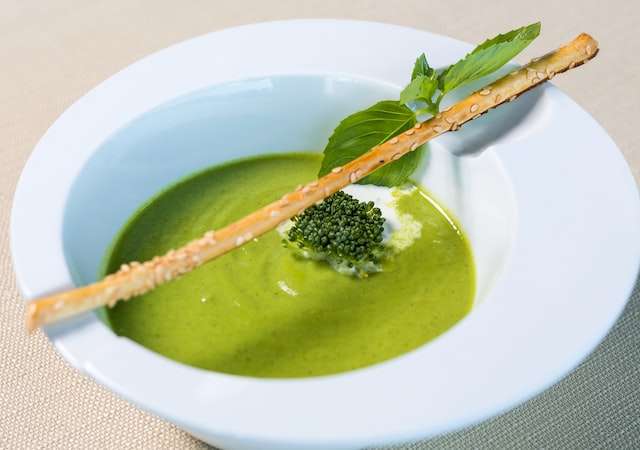
Cooking techniques, secrets, and tips from the kitchen
- Peas are quite adaptable and may be used in a wide variety of settings. When using fresh peas, it is important to clean them well before to cooking. While using garden peas, also known as shelling peas, the pods must be removed and discarded. Snow peas are often left whole and sautéed in many Asian recipes. They are also frequently left raw and put into salads and pasta dishes. As a raw and fresh snack, whole snap peas are delicious on their own. Peas that have been dried out need to be rehydrated by soaking before they can be cooked.
- The green orbs only need to be heated until they are warm, or the peas may be added to casseroles, soups, and other meals to complete the cooking process. Peas that have been cooked and then mashed may be pureed into soups or used as baby food. Whole peas are delicious on their own, but they may also be enhanced with butter, Parmesan cheese, and a pinch of black pepper.
- The first step in steaming fresh peas is to fill the saucepan with enough water so that it is at least an inch below the base of the steamer basket when it is positioned inside the pot. Put the water through a thorough boiling process by using a high heat.
- Add the fresh peas in the steamer basket, then put the steamer basket in the saucepan over the water that is boiling. Check to make sure that there is no water escaping through the holes in the steamer.
- Cover the pot with a lid and let them two minutes to simmer with the lid on.
- When they are done, peas should have a vibrant green colour and a crisp-tender texture. Take the steamer basket out of the pot and set it aside.
- Place the peas in a serving dish, season with salt and pepper, and stir in a little amount of butter for an additional layer of flavour. Serve while the peas are still warm. The peas, after steamed, may also be added to other recipes in the manner specified by the recipe.
- Since they cook so rapidly when placed in an oven at a low temperature, frozen peas seldom need to be thawed before being prepared for the oven. In addition, children like them during the warm summer months since they provide a wholesome method to cool down and are comparable to little ice pops made by nature.
- Pea soup flavoured with mint is one of the few soups that may convey the feeling of spring more effectively than others. It is not the time of year for the heartier soups that are served in the winter; instead, spring and summer call for soups that are light, can be made quickly, and are simple to prepare. Fresh summer peas and garden mint are a marriage made in heaven because of their sweet and refreshing and cooling properties. If you are unable to get fresh peas, feel free to use frozen peas in their place. Before serving, add a dollop of sour cream or plain Greek yoghurt to the top of each bowl if you would like the soup to have a creamier texture.
- “Risi e Bisi,” which literally translates to “rice and peas,” is a highly traditional Venetian dish that is often prepared using peas sourced from either the town of Lumignano or the town of Borso del Grappa. It is more liquidy than a risotto but not quite a soup, or minestra, falling instead somewhere in between in terms of consistency — something like a thick soup. In other words, it is a minestra. While making this meal, use fresh green peas. It is generally prepared with Arborio or Carnaroli rice, but if you are unable to get Vialone Nano rice, you may use either Arborio or Carnaroli instead.
- If you want authentic British mushy peas, you need to soak dried marrowfat peas overnight (or for at least 8 hours, unless they are specifically labelled “no soak”), then simmer them on low heat for several hours. Mature standard green peas that have been field-dried are known as marrowfat peas. Young garden peas do not compare because of the starch content that makes them so distinctive. The peas burst when baking soda is added to them while they are cooking, producing the required mush. Some people do not like it, but others who try it say it goes well with hot chips or a meat pie right from the oven, especially if you add a little of mint sauce.
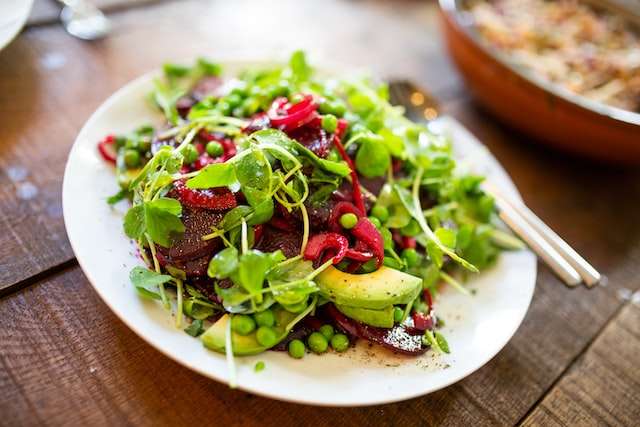
History of peas from the beginning until today
- Archaeological artefacts in the Nile delta area date back to roughly 4800–4400 BC, whereas those from Upper Egypt date to around 3800–3600 BC. The pea was also present in Georgia sometime in the fifth millennium B.C.
- Theophrastus, writing in the early 3rd century BC, included peas among the legumes that should be planted late in the winter due to their softness. Columella writes in his book De re rustica that Roman legionaries continued to gather wild peas from the sandy soils of Numidia and Judea as late as the first century AD.
- Charles the Good, count of Flanders, noted in 1124 that field peas were the staple that kept famine at bay, and this fact explains why field peas are so often mentioned in Middle Ages literature. In the New Bible, field peas are also referenced.
- Eating green “garden” peas while they were young and fresh was considered a unique delicacy in Early Modern Europe. Both John Gerard and John Parkinson, writing in the early 17th century in England, make reference to garden peas, suggesting that the two types of peas had a history apart from one another.
- Popularity of split peas surged in the late 19th century due to the ease with which their tough outer skins could be removed.
- In modern times, peas are often boiled or steamed, which breaks down the cell walls, enhances the sweetness, and makes the nutrients more bioavailable. These, together with broad beans and lentils, were a mainstay of the Middle Eastern, North African, and European diets during the Middle Ages and remain so today.
- It was popular in the 17th and 18th centuries to eat peas “green,” or when they were still immature, just after they were picked. Due to their association with garden cultivation, the new pea varieties developed in England during this time period are often referred to as “garden” or “English” peas.
- Even in North America, green peas rose in favour. More than 30 distinct kinds of peas were grown by Thomas Jefferson on his estate. Formerly only available in the spring, green peas became readily available all through the year with the invention of food preservation techniques like canning and freezing.
